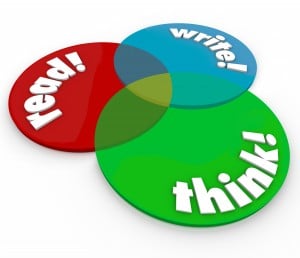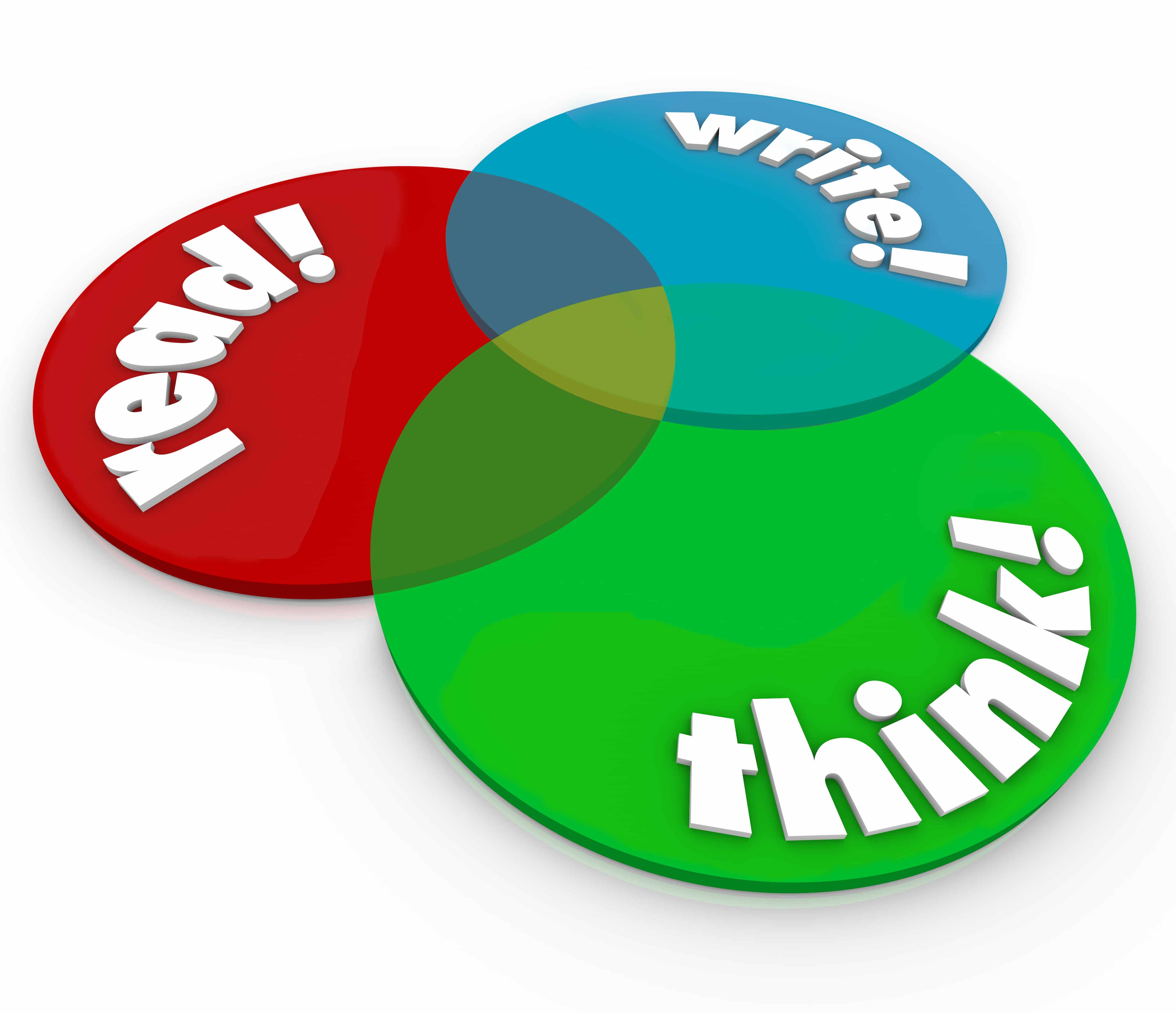 One of the most important higher order thinking skills that students need to improve their academic performance is the ability to distinguish between facts and opinions. This skill is particularly important because of the proliferation of altered truths circulating the Internet through email and website propaganda that too many people take as fact because it is written, when, in reality, it is merely opinion.
One of the most important higher order thinking skills that students need to improve their academic performance is the ability to distinguish between facts and opinions. This skill is particularly important because of the proliferation of altered truths circulating the Internet through email and website propaganda that too many people take as fact because it is written, when, in reality, it is merely opinion.
Students need to learn to ferret out fact from opinion. The teaching strategies we use should teach students to question what they read, research it, and ferret out the the truth. The skill of identifying fact from opinion is also a necessary skill for higher order comprehension as well as to increase their state test scores. Learning to discern what is true from what is false so that the decisions our students make are based on correct information is a critical life skill.
Comprehension
Comprehension is the literal recall of information from a read text. Higher order comprehension goes beyond the literal understanding of material and connects with students’ higher order thinking skills. Incorporating higher order comprehension into lesson plans at the secondary level is crucial for proper development of analytical and synthesis skills in students. As students advance in their studies, reading progresses from simple recall and recitation of facts to in-depth inferential analysis of material.
Implementing higher order comprehension skills into instruction helps prepare students to analyze material while they read. Students learn how to read critically. According to Burns, et al., critical reading is evaluating written material and comparing the ideas discovered in the material with known standards to draw conclusions (Burns, 2009). This critical reading allows students to use higher order thinking skills and to apply them to information presented within text.
Having students look at material and determine if it is fact or opinion allows students to comprehend material in a non-literal fashion. When students study a piece objectively, they look away from the non-literal meaning of the statement. Instead, the reader evaluates from a higher-order thinking level, which in turn helps them develop higher order comprehension of the text. Higher order comprehension skills are developed with the differentiation of fact and opinion statements while reading. When students make this connection, they look beyond the literal meaning of statements and read critically, thus improving comprehension.
There are as many ways to teach these concepts as there are teachers, so please leave your comments below. I thought that some of the videos in the collection below might give you some fun ideas, as well

We also offer a Professional Development Kit, for all teachers, with a Graduate Credit Option!
Bring Susan to your campus!
Featured seminar – Differentiation Strategies to Reach ALL Learners in the Inclusive Classroom


